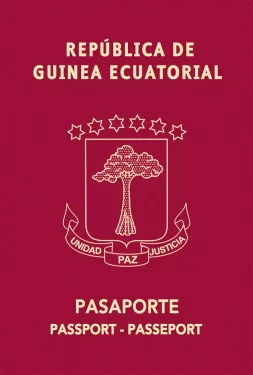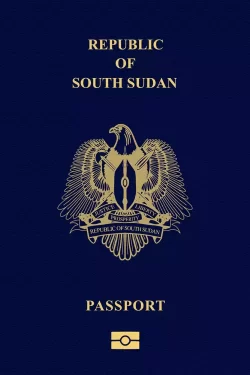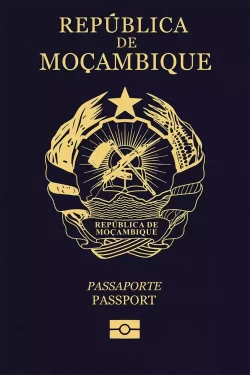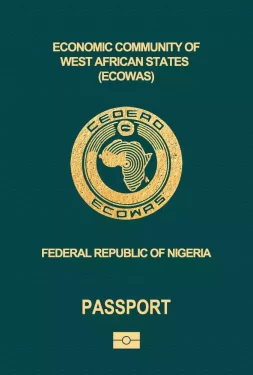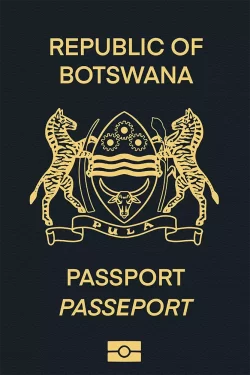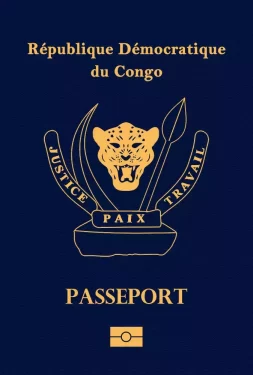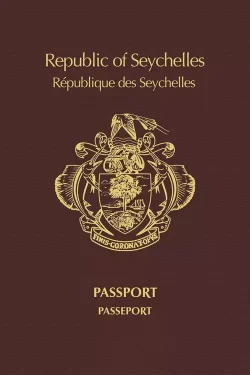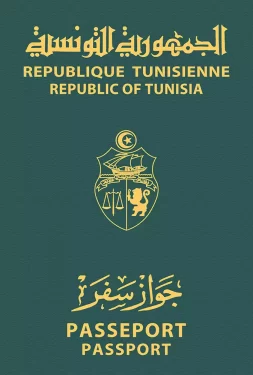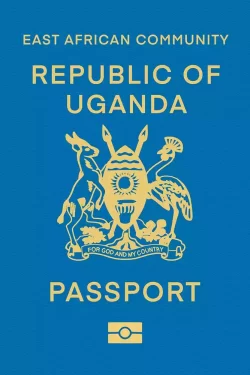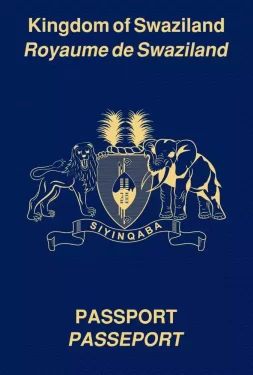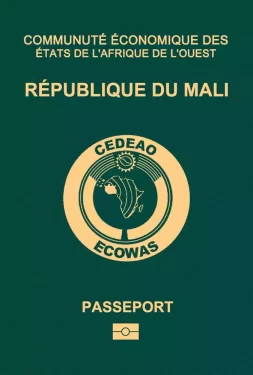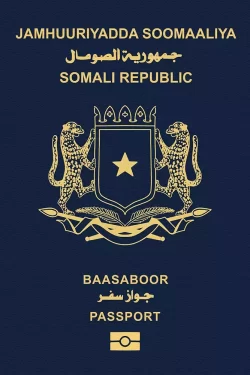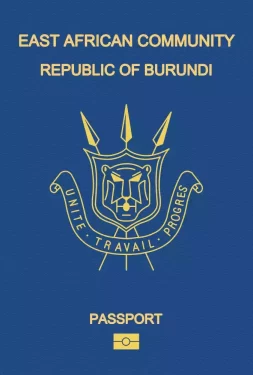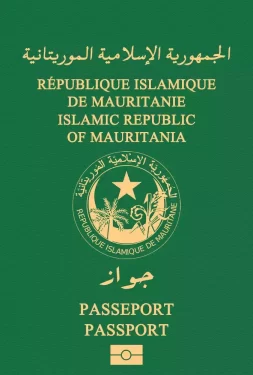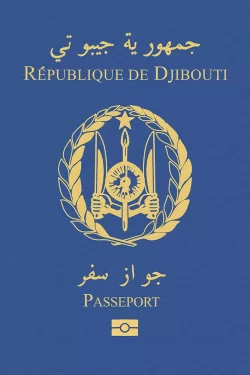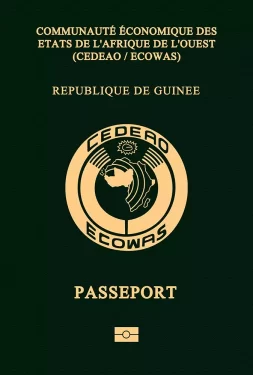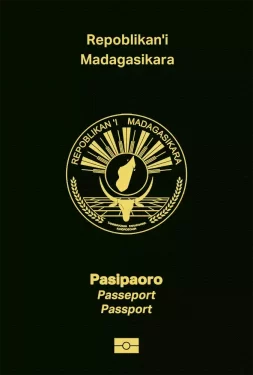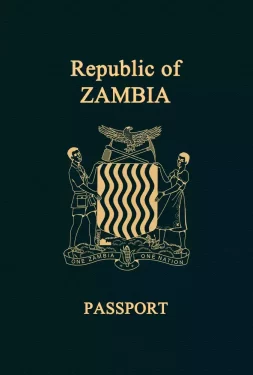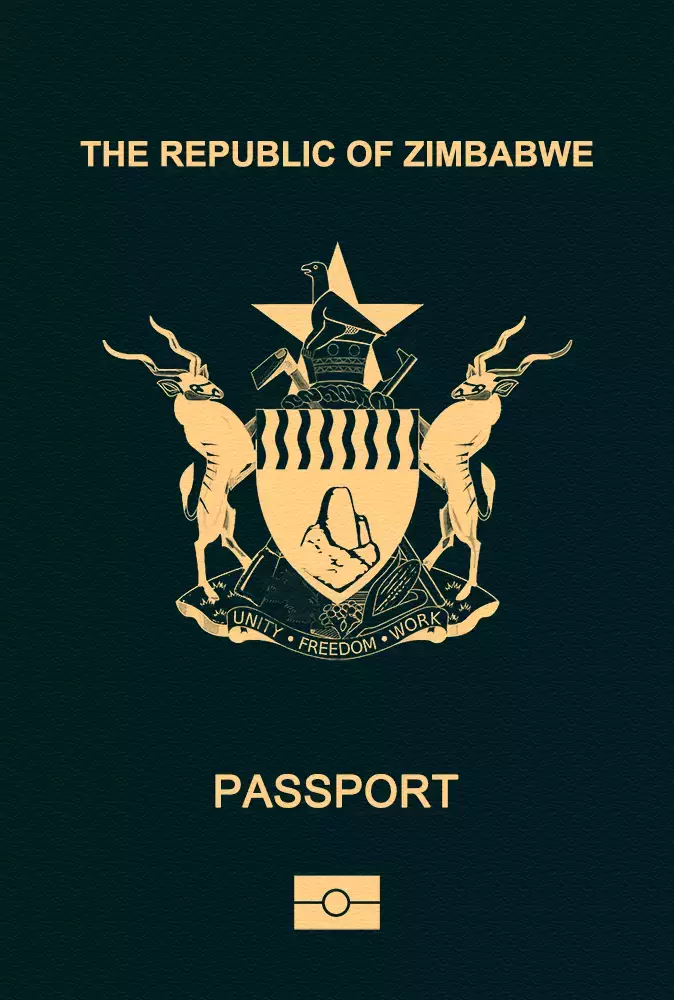

Zimbabwe
Zimbabwe passport ranking
The Zimbabwean passport is currently ranked 77th place on the Guide Passport Index. It provides visa-free access to 63 destinations. Zimbabwean passport holders have visa-free access and visas on arrival to countries such as Philippines, and Singapore. Zimbabwean passport holders do however require a visa to enter 166 destinations in the world. Some countries where a visa is required are Thailand, Turkey, Russia and the entire European Union. This high visa requirement results in a low mobility score.
Zimbabwe Passport Ranking
The Zimbabwe passport ranking relative to other global passports is calculated by adding up the number of countries that allow Zimbabwe passport holders to enter without a visa (i.e. visa-free countries) and those that allow Zimbabwe passport holders to enter by obtaining a visa on arrival (i.e. visa-on-arrival countries) or an electronic travel authorization (eTA). There are currently a total of 37 Zimbabwe passport visa-free countries, 24 Zimbabwe visa-on-arrival countries, and 2 eTA destinations.
Altogether, Zimbabwe passport holders can enter a total of 63 destinations—either without a visa, through a visa on arrival, or via an eTA. As a result, the Zimbabwe passport ranks 77 in the world.
Separate from these Zimbabwe visa-free countries and visa-on-arrival countries, there are 166 additional destinations which Zimbabwe passport holders either need a physical visa to enter or an eVisa (i.e. visa required countries).
About Zimbabwe
The Republic of Zimbabwe is a former British colony. Located in Southern Africa it consists of 10 provinces. It borders Botswana, South Africa, Mozambique and Zambia. The most important provinces are Mashonaland East, Harare and Manicaland. Zimbabwe is the 26th largest country in Africa with a surface area of 390,757 square kilometers. Its climate is mostly tropical, moderated by altitude. The terrain is characterized by mostly high plateaus with mountains to the east.
The overall population is over 15.12 million people. The capital of the country is Harare. It is also the most populous city with 2.1 million inhabitants. Other important cities of the country are Bulawayo, Chitungwiza and Mutare. The largest airport is Robert Gabriel Mugabe International Airport (HRE). It has an approximate yearly passenger traffic of 700,000 people. It connects the country to destinations across Africa and the Middle East.
Zimbabwe gained independence from Britain in 1964. Its culture is dominated by a mix of traditions and the European heritage. There is a religious dominance of Christianity in the country. The official languages of the nation are Shona, Ndebele, English and another 13 official minority languages. The legal system is a mix between the English common law, Roman-Dutch civil law and the customary law. The government form is a presidential republic. President Emmerson Dambudzo Mnangagwa is the elected chief of state and head of government. Elections take place every 5 years and the president is elected directly by absolute majority.
The official currency of the country is the Zimbabwean dollar (ZWD) with the current exchange rate being ZWD 361 to the USD. The currency has recently been suspended due to a raging hyperinflation and the country is now using the USD. Zimbabwe has an open economy, generating a GDP of approximately $41 billion. This makes it the 27th largest economy in Africa. It has a per capita income of $2,621. The main GDP contributing sectors are services, industry and agriculture. Important export goods are coal, gold, platinum, wood products, tobacco, corn and cotton. The economy mostly depends on agriculture and mining.
The Republic of Zimbabwe is a developing tourism destination offering several attractions. It is known for its vast wildlife and safari tours in various national parks. It has five UNESCO world heritage sites. Some of the major destinations are the Victoria Falls, the capital Harare, Bulawayo, the Matobo National Park, the Mana Pool National Park and Kariba.
